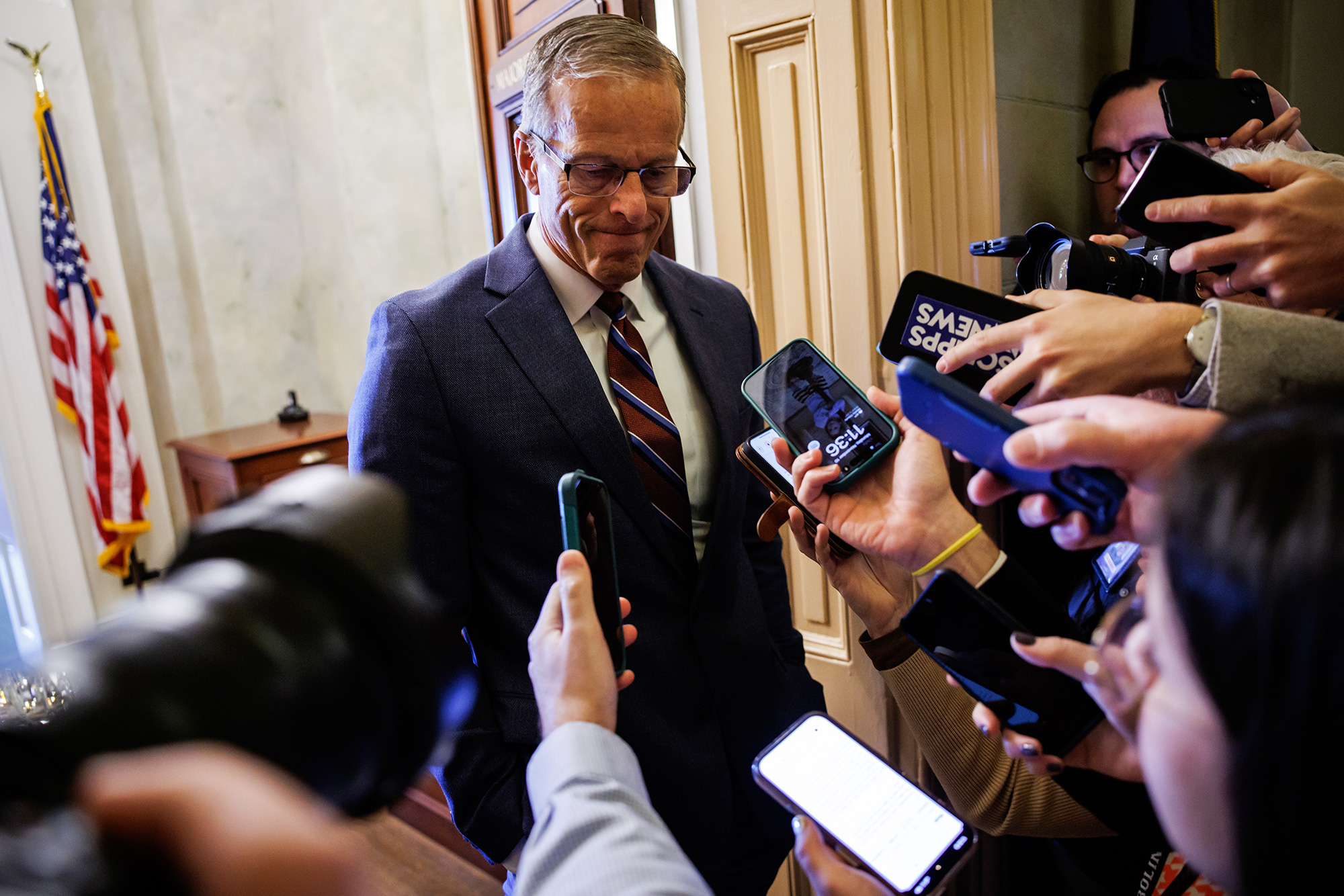Moody’s downgrade sends a warning: Washington’s budget woes are catching up with us.
Can you trust Uncle Sam with your money? Moody’s Ratings isn’t so sure.
For the last 108 years, dating all the way back to World War I, the U.S. government had a perfect “Aaa” credit rating from Moody’s. But recently, Moody’s knocked the U.S. down one notch, to “Aa1.”
Don’t Miss Out: Get the latest updates – sign up for emails from No Labels.
Here’s why it happened and what it means.
What Caused the Credit Downgrade?
Simply put, Moody’s downgraded our credit rating because both Republicans and Democrats in Washington have spent decades spending more money than the country takes in.
In Moody’s words, “Successive US administrations and Congress have failed to agree on measures to reverse the trend of large annual fiscal deficits and growing interest costs.”
Moody’s doesn’t expect it to get any better either, adding, “Over the next decade, we expect larger deficits as entitlement spending rises while government revenue remains broadly flat.”
The numbers back up Moody’s analysis:
- America’s $36 trillion national debt is 122% the size of our entire economy, a level not seen since World War II
- The annual deficit will grow to $2.7 trillion by 2035, according to the Congressional Budget Office
- The government spends more on interest on the debt than on national defense or Medicare
Why the Credit Downgrade Matters
On paper, this isn’t a huge downgrade. Moody’s ratings have 21 different levels, and the U.S. is now in the second-best tier. This would be like if your perfect 850 credit score dropped to 825 after you took out a bunch of loans.
But Wall Street is worried.
The S&P 500 fell 0.9% when markets opened Monday morning, much like it did in August 2023 when Fitch ratings lowered America’s credit score. Back in 2023, the S&P fell 1.4% the day our credit rating dropped, and it didn’t recover until nearly three months later in late November.
Treasury yields, the interest rate the government pays on bonds and other Treasury securities, spiked Monday. Since loaning the U.S. money is now riskier, investors may start demanding higher interest rates.
On Monday, the 30-year Treasury yield topped 5%, the highest since 2023 and higher than any point in the 2010s. A similar thing happened after Fitch’s downgrade in 2023: the 30-year yield grew to 5.11% and didn’t come back down until December, over four months later.
The Bottom Line
Washington’s budget trajectory is unsustainable, and investors are catching on. If our government doesn’t change direction, and soon, it will become even more expensive to borrow money to pay for everything Washington promises.
Looking for the latest in your inbox? Sign up for emails from No Labels.
Related
Peyton Lofton
Peyton Lofton is Senior Policy Analyst at No Labels and has spent his career writing for the common sense majority. His work has appeared in the Washington Examiner, RealClearPolicy, and the South Florida Sun Sentinel. Peyton holds a degree in political science from Tulane University.




